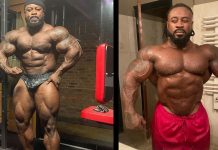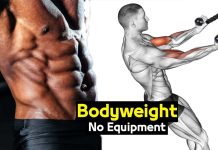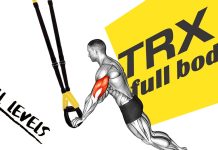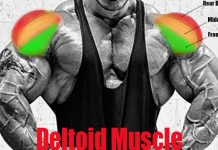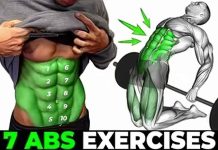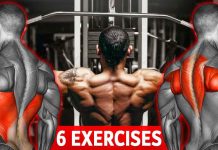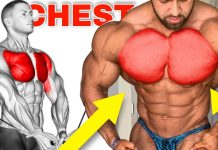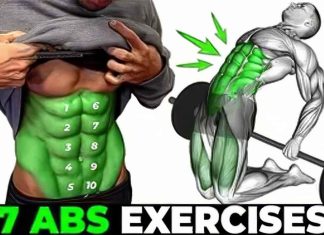What is Deltoids Muscle

In bodybuilding and fitness, the deltoid muscles occupy a special position. Despite the fact that the muscle area belongs to small groups, in terms of the frequency of training, it is second only to the biceps. The reason lies not only in the importance of the deltoids in anatomy but also in enhancing the aesthetics of the figure. Understanding the functions and features of the delta bundles allows you to maximize the effectiveness of the training process and significantly reduce the risk of injury.
Where are the Deltoid Muscles Located?
Given where the deltoid muscles are located, calling them “shoulders” is not entirely correct in terms of anatomy. This area is called the shoulder girdle. The deltoids form the outer contour and cover the shoulder joint – one of the most complex in structure. Deltas simultaneously act as protection for the joint and provide the motor function of the upper limbs (only in the area of the shoulder joint).
The Structure and Function of the Deltoid Muscles
The deltoid muscle of the shoulder consists of three heads (bundles):
- Anterior or lateral (clavicular) – starts from the lateral part of the clavicle;
- Middle or acromial – starts from the acromial part of the scapula;
- Posterior or spinous – starts from the lower edge of the bone of the scapula.
Despite the fact that each head originates in different places, they are all attached by a common tendon to the deltoid (or V-shaped) tuberosity of the humerus. The muscles of the deltas have a triangular shape, from which the name of the group came (the Greek letter “delta”).
The functions of the deltoid muscles can be considered, with the refinement of each bundle.
Front:
- lateral abduction of the arm during external rotation of the shoulder;
- internal rotation of the shoulder;
- shoulder anteversion (arm abducted);
- help the pectoral muscle to flex the shoulder.
Middle:
- abduction of the shoulder to the side (with the arm abducted).
Rear:
- shoulder extension;
- shoulder adduction (with the arm adducted);
- external rotation of the shoulder;
- abduction and retroversion of the shoulder (with the arm abducted).
In sports, simpler methods of training are used. They are divided depending on where the bundle of the deltoid muscle is located. This division has some exceptions but is generally suitable for understanding the functions of each head for athletes without specialized education.
- The front raise mainly involves the anterior deltoid bundle.
- Lateral Raise – medium.
Rear Delt Fly in a raised position and engages the posterior deltoid muscle bundle.
Top exercises for deltas
All movements are divided into categories, depending on where one or another deltoid muscle bundle is located. Even basic exercises cannot evenly load all three beams, therefore, the study of each beam is divided (up to training on different days).
Basic deltoid exercises
- The military bench press or bench press/dumbbell in a standing or sitting position (middle, front);
- Overhead Press (middle, front);
- Barbell Chin Raise (middle, front);
- Barbell Rear Delt Raise (rear, middle);
- Arnold press (front, middle).
Shoulder isolation exercises
What are isolation exercises – these are exercises that use the isolation of other muscles in order to concentrate the movement as accurately as possible on the target muscle being worked out during the workout.
- Front Raise (front delts);
- Cable Crossover Front Raise (front);
- Bent Over Reverse Dumbbell Fly (rear);
- Side Lateral Raise (middle);
- Reverse Peck-Deck (rear).
There are also many other isolating and basic exercises for working out the deltoid muscles, but we have described the most basic ones that are suitable for both beginners and advanced athletes.
Conclusion
Deltoid muscle training is considered one of the most difficult tasks in fitness. It is important not only to know what the muscles on the shoulders are called and how many bundles they have. It is necessary to understand how each head of the deltoid muscles works and what function it performs. This allows not only to focus on the desired muscle area but also to correctly distribute the load for each part of it. This is the only way to accelerate progression, reduce the risk of injury and eliminate imbalances in muscle growth.


